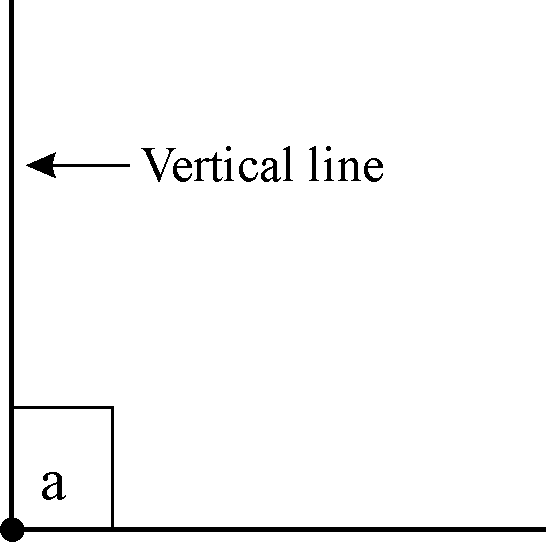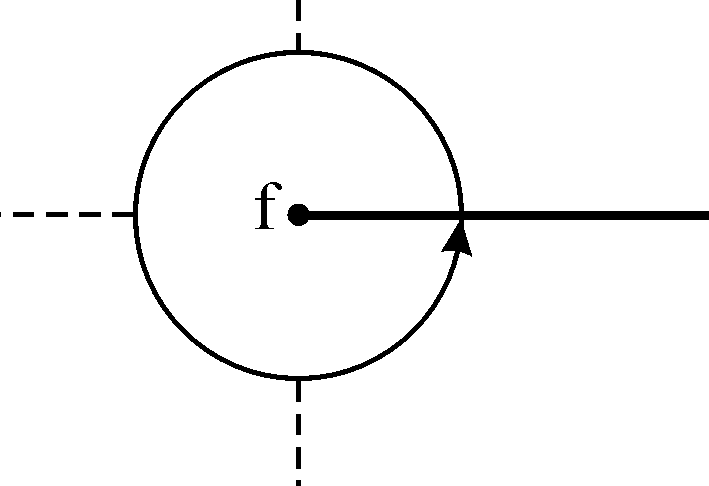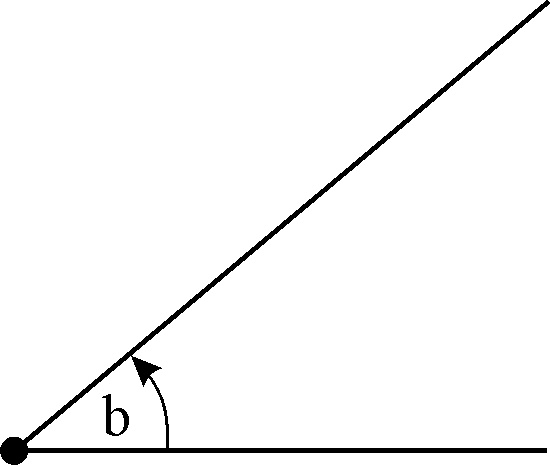| << Chapter < Page | Chapter >> Page > |
Do you remember what the word parallel means? Write down the definition for it:
Invariable
1. A: Yes
B: Yes
2. C
1.
1.1 Obtuse
1.2 Right angle
1.3 Rotation
1.4 Acute
BRAIN-TEASER!
1. Acute
Obtuse
Straight
Right angle
2. Class discussion:
Do you remember what the word parallel means? Write down the definition for it:
_____________________________________________________________________
_____________________________________________________________________
_____________________________________________________________________
Let's begin with some "puzzles"!
Look at the sketches below and answer the questions that follow:

1. Indicate whether EF and GH are parallel to one another in figure
A: __________________________________________________________________
B: __________________________________________________________________
2. Which is the extension of F: C or K?

Do you still remember?
 |
indicates a line: AB |
 |
indicates a line segment: EF |
 |
indicates a radius: CD |
Two lines that intersect form an angle.

The point where the lines meet is called the vertex.
We write this as: ÐABC
The unit that we use for measuring angles is a degree. We measure
the size of the angle in degrees. We write an angle of 60 degrees as 60°.
You have to learn the different types of angles:
| Types of angles | |
| 1. The size of a rotation or full turn is 360° |
 |
| 2. A straight angle is a half turn and it is 180°. |
 |
| 3. A right angle is a quarter turn and it is 90°. |
 |
| 4. An acute angle is larger that 0°, but smaller than 90°. |
 |
| 5. An obtuse angle is larger than 90°, but smaller than 180°. |
 |
1. How well do you know angles?
Work with a partner to see if the two of you can tell what the following angles are:
 1.1 1.1 |
| _________________________________ |
 1.2 1.2 |
| _________________________________ |
 1.3 1.3 |
| _________________________________ |
 1.4 1.4 |
| _________________________________ |
Learning Outcome 4: The learner will be able to use appropriate measuring units, instruments and formulae in a variety of contexts.
Assessment Standard 4.11: We know this when the learner recognises and describes angles in two-dimensional shapes, three-dimensional objects and the environment.

Notification Switch
Would you like to follow the 'Mathematics grade 6' conversation and receive update notifications?